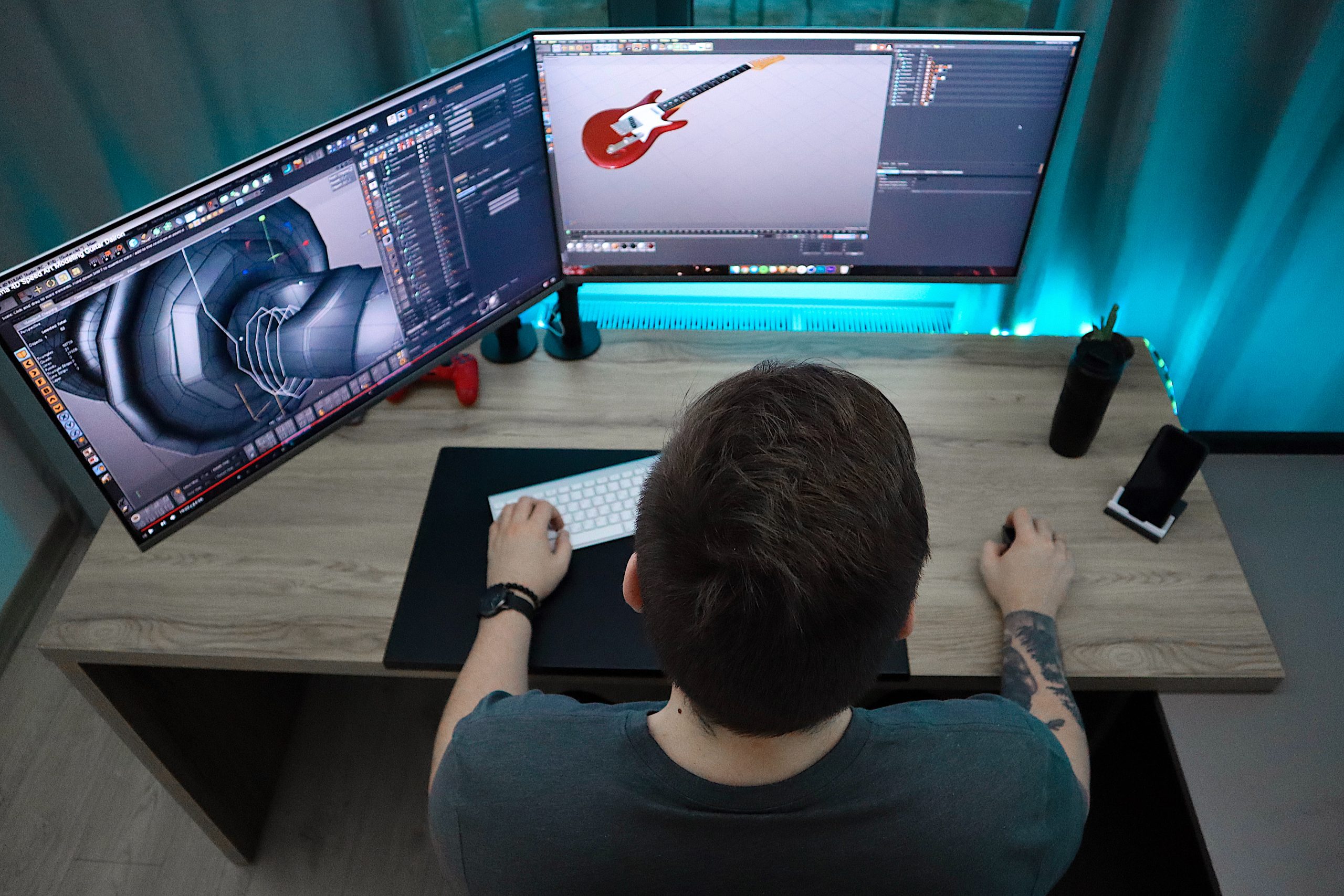Stop-motion animation has been captivating audiences for over a century, bringing inanimate objects to life and telling stories that are both unique and timeless. From the early days of claymation to modern-day stop-motion techniques, this art form continues to evolve while maintaining its charm and magic. In this blog post, we’ll take a closer look at the artistry behind stop-motion animation – exploring its history, how it’s made and what the future holds for this beloved medium. So sit back, grab some popcorn, and join us on a journey from sketch to screen!
What is stop-motion animation?
Stop-motion animation is a technique used in filmmaking where objects are physically manipulated to create the illusion of movement. It involves taking a series of photographs, with each one capturing a slight movement or change in position of the object being animated. When these images are played together at high speed, it creates the illusion of motion.
Stop-motion animation can be created using many different materials and objects including clay, paper cutouts, puppets or even food items such as fruits and vegetables! Through stop-motion animation, animators have been able to bring life to everyday objects that would otherwise remain static.
One key advantage of this medium is its versatility – it allows for an incredible range of creative expression that cannot always be achieved through traditional forms of animation. Whether you’re telling a story about talking animals or showcasing abstract shapes moving in time with music, there’s no limit to what can be done with stop-motion.
Stop-motion animation remains beloved by audiences around the world due to its unique charm and ability to tell imaginative stories.
A brief history of stop-motion animation
Stop-motion animation has a long and fascinating history, dating back to the early days of cinema. One of the earliest pioneers of stop-motion was Willis O’Brien, who used it for his groundbreaking work on the film “The Lost World” in 1925.
In the following decades, stop-motion became increasingly popular as a way to create special effects in films such as “King Kong” and “The Seventh Voyage of Sinbad”. However, it wasn’t until the 1960s that stop-motion truly came into its own as an art form with filmmakers like Ray Harryhausen pushing its boundaries.
Around this time, TV shows like “Gumby” and “Davey and Goliath” also helped popularize stop-motion animation for children’s entertainment. In recent years, stop-motion has had something of a renaissance with films like Wes Anderson’s “Isle of Dogs” gaining critical acclaim.
Despite being over a century old now, there is still so much potential for creative experimentation within this medium. From its humble beginnings as a tool for visual effects to becoming one of cinema’s most unique forms of storytelling – we can only imagine where it will go from here.
How stop-motion animation is made
Stop-motion animation is a complex and time-consuming process that requires meticulous attention to detail. The first step in creating stop-motion animation is to come up with an idea or concept for the story you want to tell. Once you have your story, you need to create a storyboard that outlines each shot of the film.
After creating the storyboard, it’s time to start building the sets and characters. This typically involves sculpting figures out of clay or other materials and constructing miniature sets using various materials such as wood, fabric, and paper.
Once everything is built and ready, it’s time to begin filming. Stop-motion animators take individual photos of each frame of their film by moving the characters slightly between shots. These frames are then strung together into a sequence using specialized software.
Sound effects and music are added during post-production along with any final touches needed before exporting the finished product.
The entire process can take months – even years – depending on how long the resulting film will be. But for those who have a passion for stop-motion animation, seeing their hard work come together on screen makes it all worth it!
The future of stop-motion animation
As technology continues to advance, the future of stop-motion animation looks bright. Animators are now able to use a combination of traditional stop-motion techniques with modern digital tools, which allows for new possibilities in storytelling.
One exciting development is the use of 3D printing technology in stop-motion animation. This technique involves creating physical objects using a 3D printer and then incorporating them into the animation process. This allows animators to create more intricate and detailed characters and sets than ever before.
Another trend that we can expect to see more of in the future is augmented reality (AR) integration. AR allows viewers to interact with an animated world through their devices by overlaying digital content onto real-life environments. This could enhance the immersive experience for audiences and provide new opportunities for storytelling.
There’s also potential for virtual reality (VR) in stop-motion animation. VR would allow viewers to step inside an animated world, providing an even more immersive experience than AR or traditional viewing methods.
As these technologies continue to develop and become more accessible, it’s clear that there will be many exciting opportunities for innovation within the world of stop-motion animation.
Conclusion
Stop-motion animation is a unique and captivating art form that requires immense patience, precision, and creativity. It has been around for over a century and continues to inspire filmmakers and artists all around the world.
From the early days of stop-motion animation with clay figures to modern-day productions using intricate puppets, this technique has come a long way. With advancements in technology, we can expect even more innovative approaches to stop-motion animation in the future.
Whether it’s telling fantastical stories or bringing inanimate objects to life, stop-motion animation allows creators to breathe life into their imaginations. Through its tangible quality and tactile nature, it provides an unparalleled viewing experience that captures our attention like no other medium.
Stop-motion animation is an incredible art form that deserves recognition for its ability to tell stories through motion pictures while also showcasing exceptional artistry. The process may be time-consuming but what emerges from it are characters full of personality that audiences will always remember!




